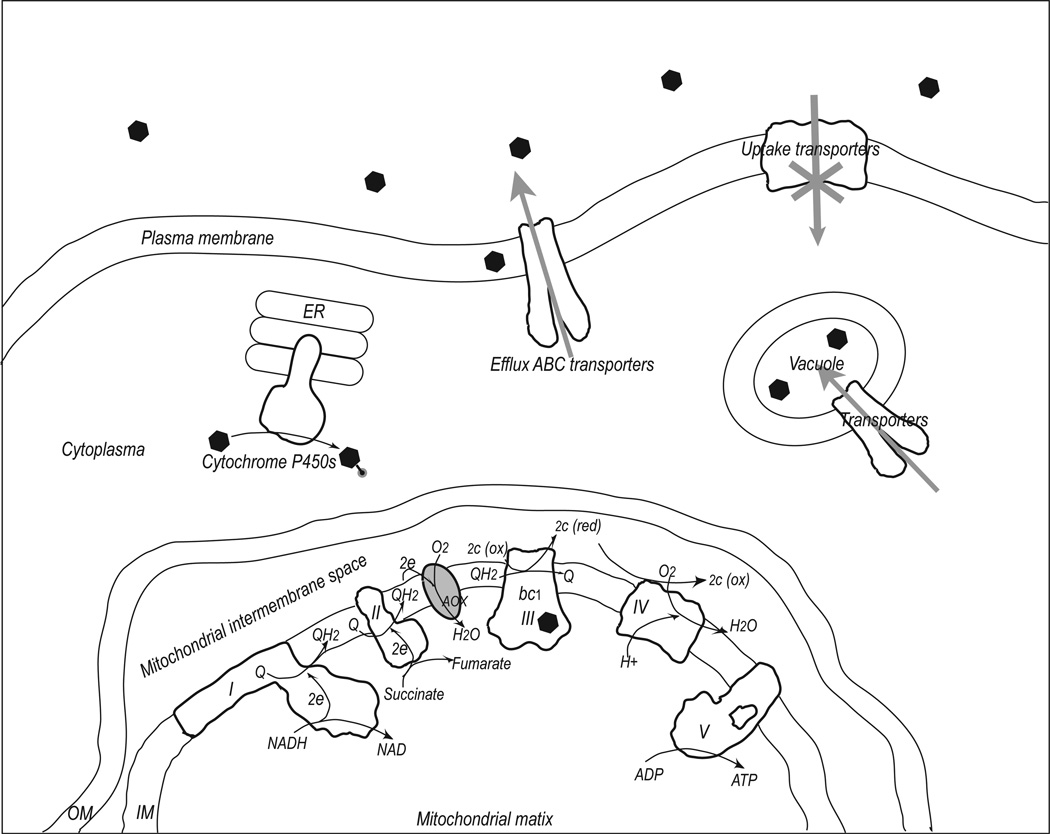Figure 1. Mitochondrial respiratory chain and mechanisms of resistance to inhibitors of cyt bc1 complex.
Cellular components shown include mitochondria, plasma membrane, ER and vacuole. On the mitochondrial inner membrane (IM), the five respiratory chain components are shown and labeled sequentially as I – V. Their basic functions in Oxphos are also illustrated. Additionally, the alternative oxidase (AOX) is shown, which bypasses the bc1 by sending electrons from ubiquinol directly to oxygen. Inhibitors of cyt bc1 are shown as filled hexagons, whose uptake may require assistance of uptake transporters. Resistance to bc1 inhibitors can arise if the cellular accumulation of the inhibitors is reduced, which includes blockage of uptake pathway, active transport by efflux ABC transporters, getting pumped into vacuoles, or chemically modified by cyt P450s. Additionally, mutations in bc1 can lead to resistance.

